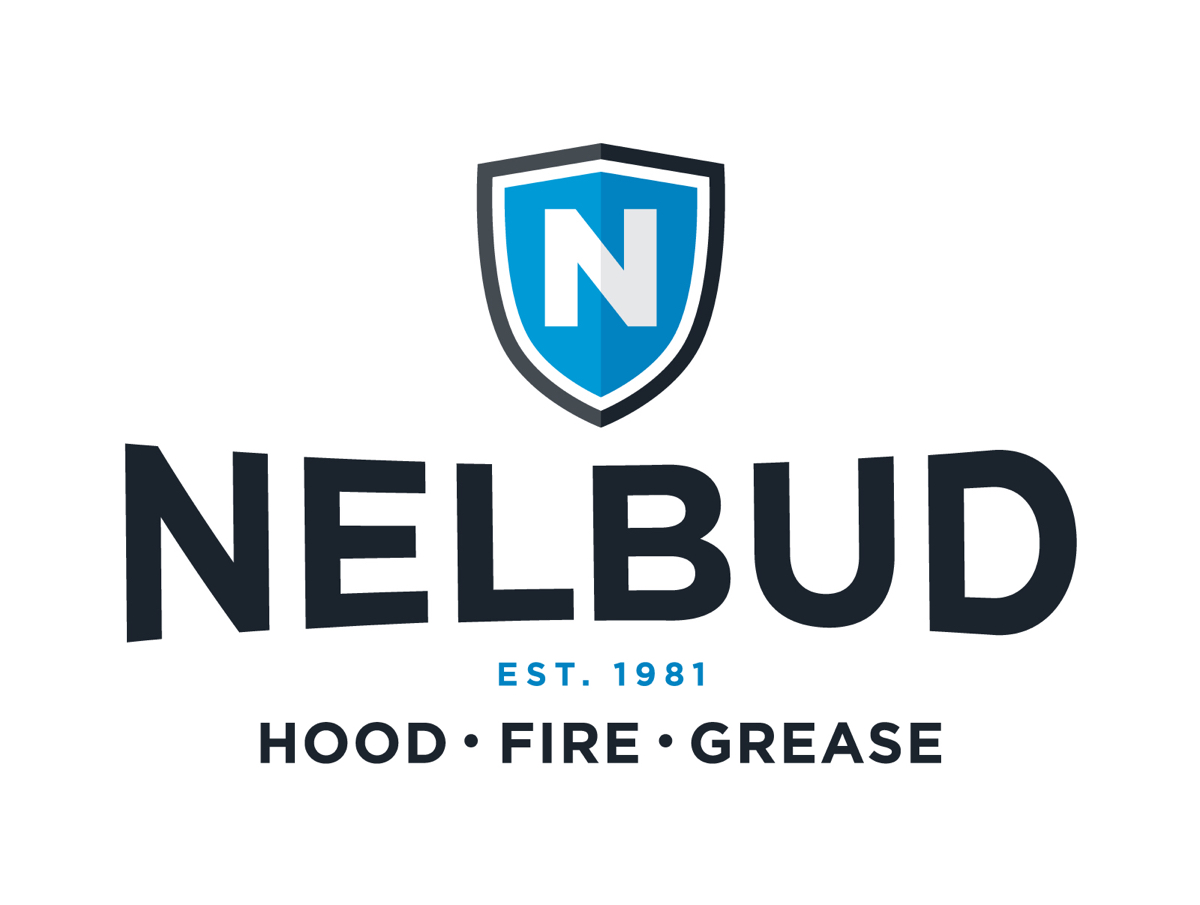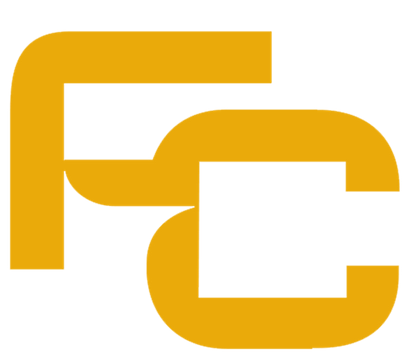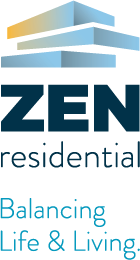Title Page
-
Client/Site Name
-
CLIENT/SITE ADDRESS
-
Location
-
CUSTOMER POINT OF CONTACT
-
Service Trade #
-
NELBUD SERVICES
51 KOWEBA LANE
INDIANAPOLIS, IN 46201
855-NELBUD-9
NELBUD.com -
Inspector
-
Date & Time of Inspection
FIRE SPRINKLER INSPECTION REPORT
1. GENERAL
-
a. Have there been any changes in the occupancy classification, machinery or operations since the last inspection?
-
b. Have there been any changes or repairs to the fire protection systems since the last inspection? <br>(If answered “Yes” to questions 1 or 2, list changes in comments)
-
c. If a fire has occurred since the last inspection, have all damaged sprinkler system components been replaced?
-
d. Has the piping in all dry systems been checked for proper pitch within the past five years?
-
e. Has the piping in all systems been checked for obstructive materials? (Recommended every 5 years)
-
e1. Date piping in all systems was checked for obstructive materials?
-
f. Have Fire Pump(s) been tested to their full capacity through hose streams or flow meters, within the last 12 months?
-
g. Are gravity, surface or pressure tanks protected from freezing?
-
h. Standard sprinklers 50 years or older? QR Heads: 20 years, Dry Pendents: 10 years, Extra High Temperature: 5 years<br>(Testing or replacement is recommended for such sprinklers)
-
i. Are any extra high temperature solder Sprinklers regularly exposed to temperatures near 300F?
-
j. Have Gauges been tested or replaced in the last 5 years?
-
k. Have check valves been internally inspected in the last 5 years?
-
l. Has the Private Main (Hydrant) been flow tested in the last 5 years?
-
B. (To be answered by the Inspector)
-
a. Have the sprinkler systems been extended to all visible areas of the building?
-
b. Is there proper clearance between the top of all storage and the sprinkler heads?
-
c. Are areas which are protected by a wet system, heated, including blind attics and perimeter areas?
-
d. Are all exterior openings protected against the entrance of cold air?
2. CONTROL VALVES
-
City connection valve type
- PIV
- OSY
- Butterfly
- City street valve
-
City connection valve(s)
-
Backflow Model(s) And Size(s) on Fire Line
-
Fire Pump Valve Manufacturer, Model, GPM
-
Sectional Valve Type(s)
-
System Valve Type(s)
-
Alarm Line Valve Type(s)
-
Where in the building are inspectors test valves and low point valves located?
3. WATER SUPPLIES
-
a. What is the water supply source?
-
What is the Static Water Pressure?
-
What is the Residual Water Pressure?
-
After water flow, what is the Static Water Pressure?
4. TANKS, PUMPS, FIRE DEPT. CONNECTIONS
-
a. Do fire pumps, gravity, surface or pressure tanks appear to be in good external condition?
-
b. Are gravity, surface and pressure tanks at proper pressure and/or water levels?
-
c. Has the storage tank been internally inspected in the last 5 years?
-
d. Are the fire dept. connections in satisfactory conditions, couplings free, caps or plugs in place and check valves tight?
-
e. Are fire dept. connections visible and accessible?
5. WET SYSTEMS
-
Wet System Make & Model
-
Wet systems
-
b. Are cold weather valves in appropriate open or closed position?
-
c. Has the owner or owners representative been advised that cold weather valves are not recommended by NFPA?
-
d. Are any Antifreeze systems present?
-
e. When were any antifreeze systems last tested?
-
f. What degrees the antifreeze currently protect to?
-
g. Did the alarm valves, water flow alarm indicators and retards test satisfactorily?
6. DRY SYSTEMS
-
Dry System Make & Model
-
Dry system(s)
-
Date of last Full Dry System Trip
-
Choose one below
-
Today, conducted full dry system trip
-
Today, conducted partial dry system trip
-
a1. Dry system air pressure?
-
a2. Dry system air pressure trip point?
-
a3. Dry system trip time
-
a4. How long did it take water to reach the inspectors test?
-
a5. How many low points are on this dry system?
-
b. Are air and priming water levels normal?
-
c. Did the air compressor operate satisfactorily?
-
d. Were air compressor oil & belt checked and tank drained?<br>
-
e. Were all low points drained in preparation for cold temperatures?
-
f. Is the Dry System protected from freezing with adequate heat?
7. SPECIAL SYSTEMS
-
What type of special system(s) is present?
- Yes
- No
- N/A
-
b. Were systems tested as required?
-
c. Did all heat responsive systems operate satisfactorily?
-
d. Did all supervisory features operate during testing?
-
Heat Responsive Devices:
-
Responsive devices used for special system(s)
- Heat Detectors
- Smoke Detectors
- Duct Detectors
-
e. Do any solenoid releasing valves operate as required?
-
List location of valves and valve models
8. ALARMS
-
a. Did the water motors and gong operate during testing?
-
b. Did electric alarms operate during testing?
-
c. Did the supervisory alarms operate during testing?
9. SPRINKLERS - PIPING
-
a. Do sprinklers generally appear to be in good external condition?
-
b. Do sprinklers generally appear to be free of corrosion, paint, or loading and visible obstructions?
-
c. Are extra sprinklers and sprinkler wrench available on the premises?
-
Quantity, Size, Finish & Temperature of spare heads.
-
d. Are any recalled sprinkler heads installed in visible areas of the building?
-
10. THE INSPECTOR SUGGESTS THE FOLLOWING IMPROVEMENTS, HOWEVER, THESE SUGGESTIONS ARE NOT THE RESULT OF AN ENGINEERING SURVEY AND DO NOT REFLECT CONDITIONS ABOVE CEILINGS OR IN CONCEALED SPACES.
-
11. ADJUSTMENTS OR CORRECTIONS MADE.
-
12. LISTED CHANGES IN THE OCCUPANCY HAZARD OR FIRE PROTECTION EQUIPMENT, AS ADVISED BY THE OWNER.
-
13. FURTHER EXPLANATIONS OF CERTAIN (NO OR YES) ANSWERS.
-
INSPECTION AND SUGGESTED IMPROVEMENTS WERE DISCUSSED WITH THE OWNER OR OWNERS REPRESENTATIVE.
-
INSPECTOR SIGNATURE
-
DATE OF COMPLETED INSPECTION












